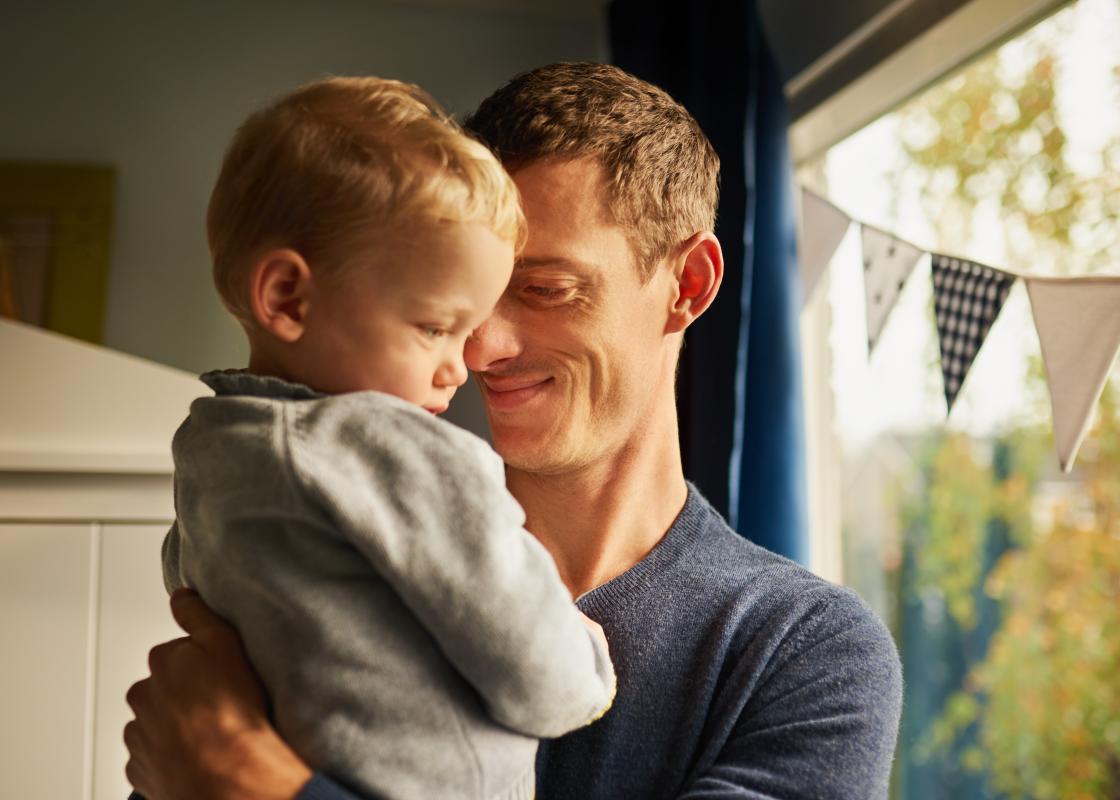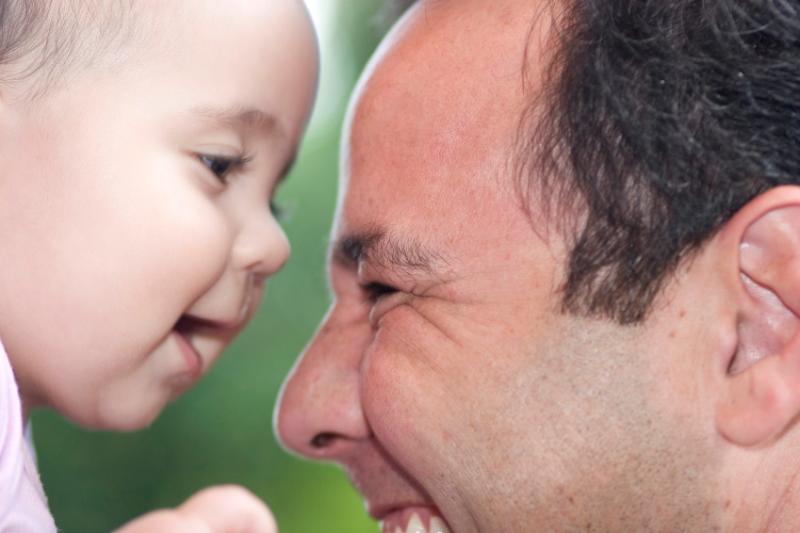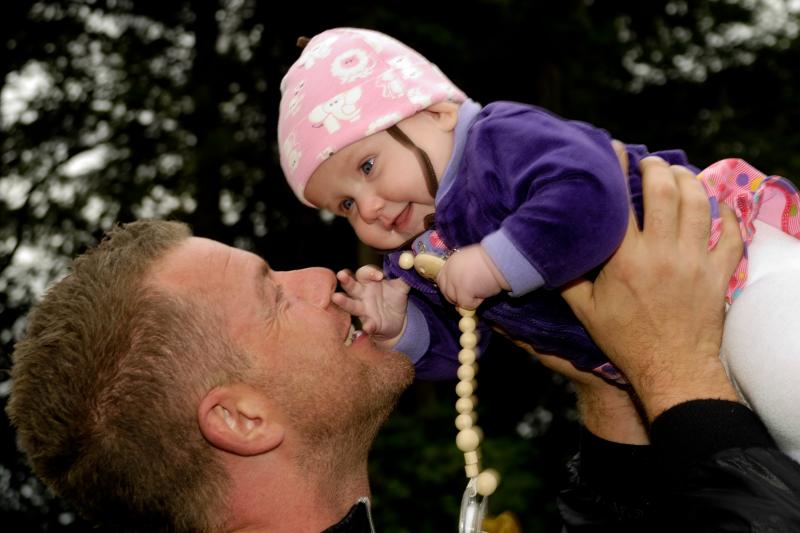If the father takes a DNA test that shows that he is not really the biological father, he will lose all rights over what was, up until that point, his child.
The mother then decides whether she still wants him to be part of the child's life.
"There is no provision in the Children Act that allows non-biological fathers access to the child, custody, or parental responsibility," says the professor of law Kirsten Sandberg.
She wrote the leading article " Når far ikke lenger er far” (When dad is no longer a father), published in Tidsskrift for familierett, arverett og barnevernrettslige spørsmål (Journal of Family Law, Inheritance Law and Child Welfare Law), which is based on two Norwegian court cases from 2020 and 2021.
No limit to how long one of theparents can withhold information about biological parenthood
Sandberg has long been concerned with the relationship between biological and social fatherhood.
"As the law currently stands, there is no limit to how long one of the biological or social parents can withhold information about biological parenthood.”
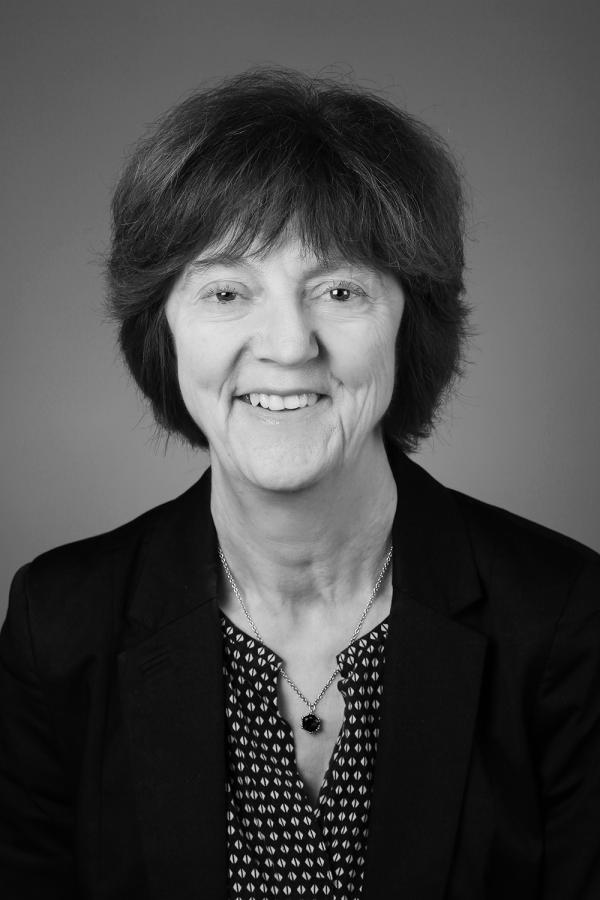
“The limit for how long parents can wait to raise the issue of biological parenthood in court has been taken in and out of law,” says Kirsten Sandberg. Photo: University of Oslo
"In the worst-case scenario, this information can be used as a weapon in a parental dispute," says Sandberg. “For example, by a mother who has known all along that her child actually has another father.”
It is the Norwegian Parliament, Storting, that sets the time limit in the Children Act for how long parents can wait before raising the issue of biological parenthood in court.
"The time limits were removed at some point in the 2000s, then reinstated, but then removed again," says Sandberg.
The numerous changes to the legislation are down to a partisan disagreement about whether biological or social parenthood should be considered most important.
"If the Christian Democratic Party is in government, biological parenthood is considered most important. The position of the other parties is less clear-cut, and some of them place greater emphasis on social parenthood. They believe that, once a certain amount of time has elapsed, biological parenthood doesn't play such an important role.”
In the Official Norwegian Report (NOU) "Ny barnelov — til barnets beste” (New Children Act — in the best interests of the child) from 2020, the Children Act Committee proposed that time limits should be reintroduced, but this has so far not happened.
Legal definition of fatherhood
Currently, the presumption of legitimacy rule applies if the parents are married at the time of birth:
"That means that whomever the mother is married to automatically becomes the father of the child.”
He remains the father until proven otherwise.
If the parents are not married, the person presumed to be the father of the child must “declare paternity”, as it is called in law.
Father 1
In the first trial Sandberg writes about in the article, the parents split up after nine years of marriage. They had two children together.
"A year later, there was a dispute about custody and access, which ended up being resolved through a court settlement.”
"At that point, the mother took the initiative to carry out an analysis that showed that the man was not the father of the youngest child, who was five years old at the time.”
The man was denied paternity but was allowed access to the children until a final decision was in place. The mother appealed this preliminary decision.
The Court of Appeal’s decision went in the man's favour, and he retained access rights. The Supreme Court accepted this decision.
"The Children Act has no provision for access to be granted to someone who is not a legal parent.”
Instead, the courts used the right to family life laid out in the European Convention on Human Rights as the basis for access rights.
"The former father had been a social figure to the child for many years and thus had a right to family life with the child," says Sandberg.
"The court made a specific assessment of the question of access and found that it was best for the child to have access.”
Father 2
The second case concerned a child born in 2014 to married parents, who later parted ways. On the mother's initiative, a DNA test confirmed that the man was not the biological father of the child. He was Norwegian, while the mother came from a country a long way from Norway.
When the mother moved to her home country with the child, who had Down's syndrome and had also undergone surgery for a heart defect, the former father wanted to share parental responsibility on an equal footing with the mother. In other words, he was claiming for more than just access rights.
Joint parental responsibility means that parents must consent to many matters in the child's life:
"These include important issues such as medical care beyond day-to-day care, the choice of school if the child is to attend anywhere other than a state school, as well as passports and any future adoption.”
The Court of Appeal decided that the father had a right to physical access, but not a share of parental responsibility or to have the child live with him.
The father was granted access to the child twice a year.
The father appealed the case to the Supreme Court. Surprisingly, the Supreme Court determined that custody and parental responsibility could, in theory, be granted as part of the right to family life, but the father lost the case on the basis of a specific assessment of the child's best interests.
As with the previous judgment, the father was also granted access rights, which the court determined as follows:
"The father was allowed access to the child twice a year for two weeks at a time – either in the country where the mother and child live, or wherever the child is at that given time," says Sandberg.
The mother and father had to agree on the time of day the access would take place:
"The access time was not consecutive . The father was instead given the right to spend four hours each day with the child during those two weeks.”
In the child’s best interests
According to Sandberg, in cases where the parents live in different countries, there are international conventions that aim to simplify and smoothen the custody process.
"One of the most relevant of these is the 1996 Hague Convention, which Norway ratified in 2015, and that focuses on protecting children living across national borders.”
Sandberg believes that consideration for the child's best interests should be central to any legal cases concerning parenthood.
“Children therefore have a statutory right to express their opinion in matters that concern them,” she points out. In the last case, the child had not been heard.”
"Even though children don't always express a direct opinion about where they want to live or what country they want to be in, the child may still have something to say if asked in the right way. For example, you can find out how the child is doing and how much they miss being with the other parent.”
"It’s important that the right to be heard is understood correctly, and that the court doesn’t presume the child has nothing to say.”
Wants a change in legislation
Sandberg believes that Norwegian legislation concerning parenthood should be changed in order to safeguard the best interests of the child.
"To prevent the child from suffering, the Children Act ought to be amended to allow not just biological parents, but also those who have cared for the child as if they were a parent, the opportunity for access, parental responsibility and custody.”
Sandberg is critical of the fact that biological fatherhood takes such strong precedence, and she illustrates this with a recent decision by the Borgarting Court of Appeal:
"The example demonstrates a case in which an uncle and aunt had taken care of a child for nine years, from the time she was just a few days old. The child thought they were her mother and father and did not know about her biological parents.”
"When the biological parents wanted the child back, the court decided that the child should remain with the uncle and aunt. This Children Act did not really provide for such a solution, but based on the Supreme Court’s comments in the above case, the court concluded that this was in accordance with the right to family life between the child and the social parents.”
Previously, the expectation of fathers was linked to providing for the family.
In addition to reinstating the time limit for filing a paternity case, which she believes should be set at one year, Sandberg proposes expanding the circle of people who can take legal responsibility for the child.
"In short, the Children Act needs to be amended to give more types of parents the opportunity to take responsibility for their children, even if they don’t have biological ties to the child.”
Changing fatherhood
Anita Skårstad Storhaug is an associate professor at the Regional Centre for Child and Youth Mental Health and Child Welfare (RKBU) of Central Norway and has researched how fathers are met by child welfare services.
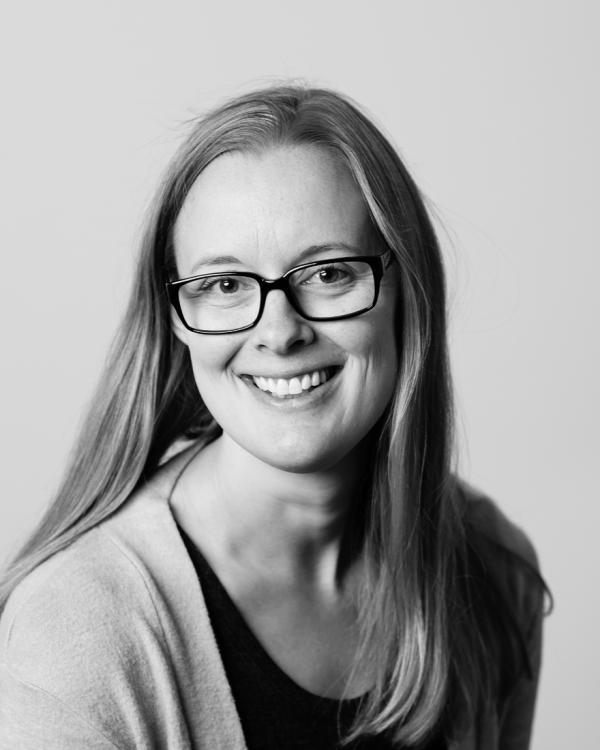
In her doctoral thesis from 2015, “Barnevernets forståelse av farskap” (The Child Welfare Services’ perception of fatherhood), she describes how the concept of fatherhood has changed through history.
"Previously, the expectation of fathers was linked to providing for the family, and they were less involved in their children's lives. There was no expectation that a father would be present, caring and looking after the children”.
This, however, has changed.
Referencing relevant research, Storhaug gives two reasons for the growing interest in fatherhood in recent decades.
One reason is the increase in divorces, generating concerns that many children grow up with little contact with their father.
The second reason relates to what is referred to as "the new dad" — a phenomenon where fathers have begun taking responsibility and participating in their children's daily lives on an equal footing with their mothers.
"This can be seen as a consequence of genuine commitment on the part of the ‘new dads’, and also as an adaptation to a society in which mothers have increasingly become active in working life," says Storhaug.
A longer version of this article was first published in Norwegian.
